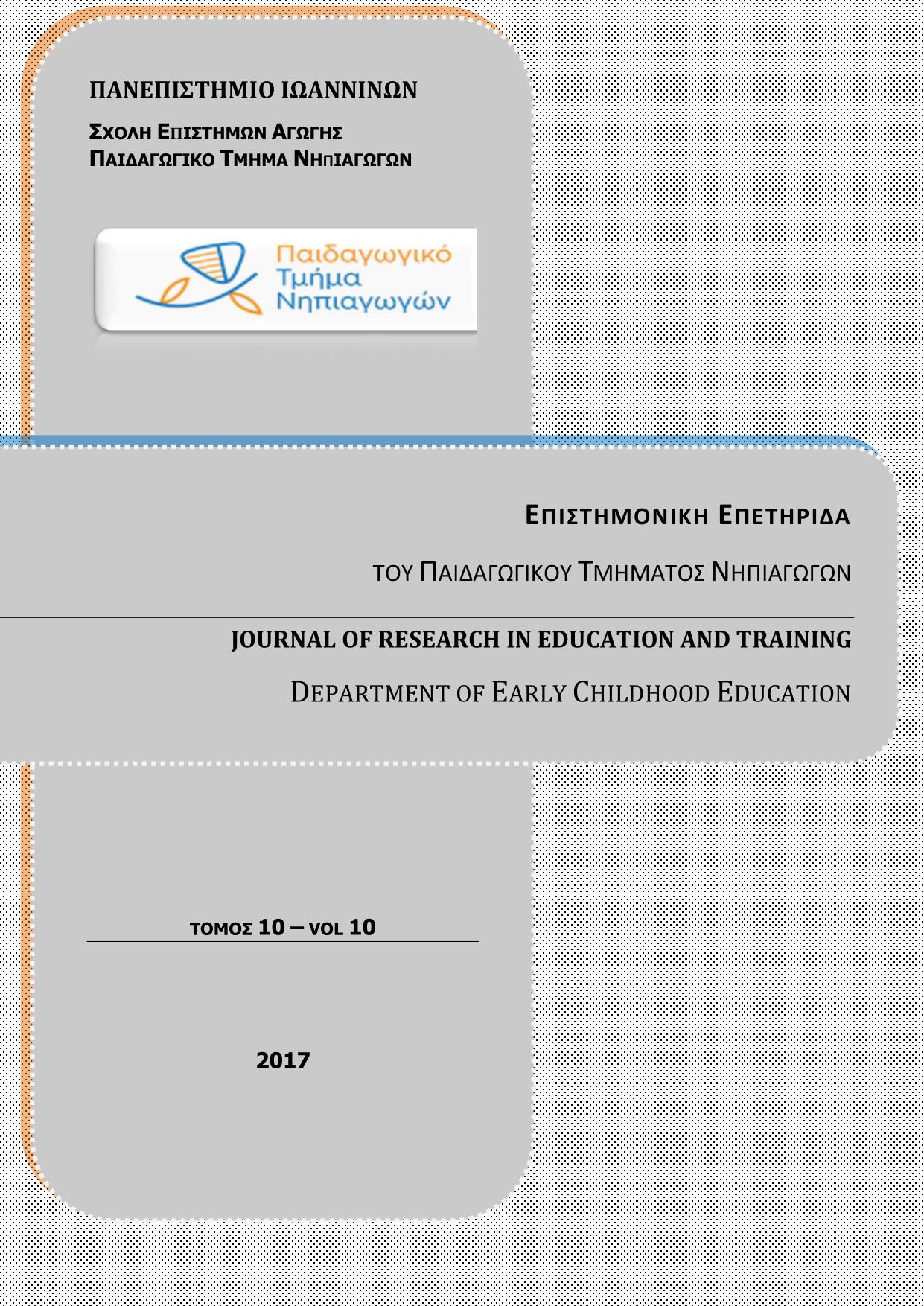Can ICT upgrade the “Public Relations” service in the context of Higher Education?

Abstract
The main priorities of a higher education institution are with research, education and social advancement. The University’s projected image to the society, and in particular to the local community, is of fundamental importance for its healthy development and operation. The University’s division of “Public Relations” is responsible for developing an attractive image based on significant comparative advantages and quality characteristics. With the availability of the Information & Communication Technologies (ICT) and the development of the new digital media for promotion, communication and interaction, "Public Relations" undergo a radical operational transformation and their range of influence is being enormously extended via the World-Wide Web. Upgrading the "Public Relations" service with the integration of ICT is an important challenge nowadays, and as it becomes clear from the present research, it can contribute significantly to the university's growth.
Article Details
- How to Cite
-
Γκέκα Π., & Παγγέ Π. (2017). Can ICT upgrade the “Public Relations” service in the context of Higher Education?. Journal of Research in Education and Training, 10(1), 98–107. https://doi.org/10.12681/jret.10477
- Issue
- Vol. 10 No. 1 (2017)
- Section
- Articles

This work is licensed under a Creative Commons Attribution-NonCommercial-ShareAlike 4.0 International License.
Authors who publish with this journal agree to the following terms:
- Authors retain copyright and grant the journal right of first publication with the work simultaneously licensed under a Creative Commons Attribution Non-Commercial License that allows others to share the work with an acknowledgement of the work's authorship and initial publication in this journal.
- Authors are able to enter into separate, additional contractual arrangements for the non-exclusive distribution of the journal's published version of the work (e.g. post it to an institutional repository or publish it in a book), with an acknowledgement of its initial publication in this journal.
- Authors are permitted and encouraged to post their work online (preferably in institutional repositories or on their website) prior to and during the submission process, as it can lead to productive exchanges, as well as earlier and greater citation of published work (See The Effect of Open Access).



